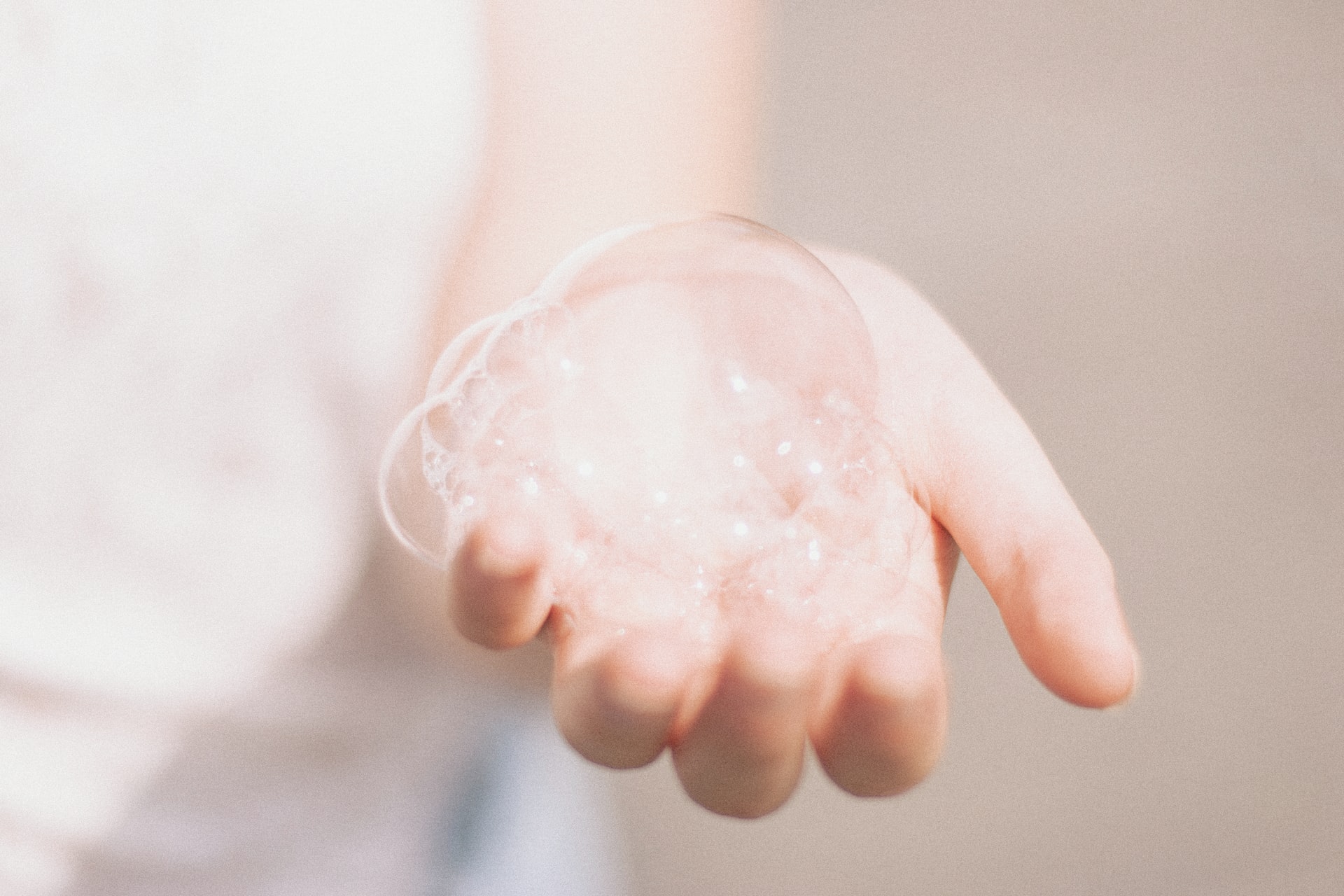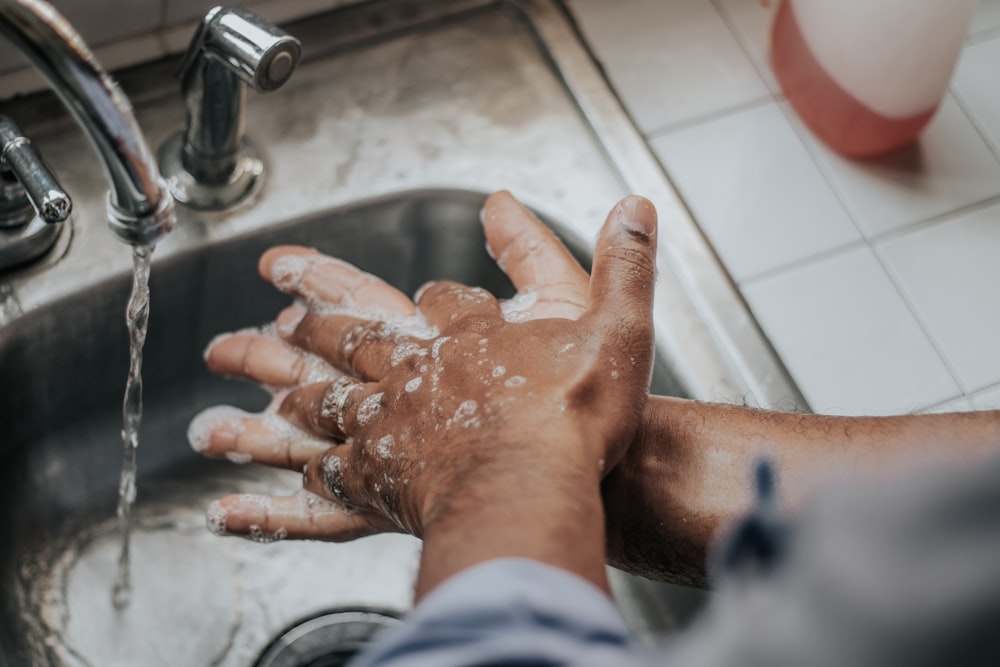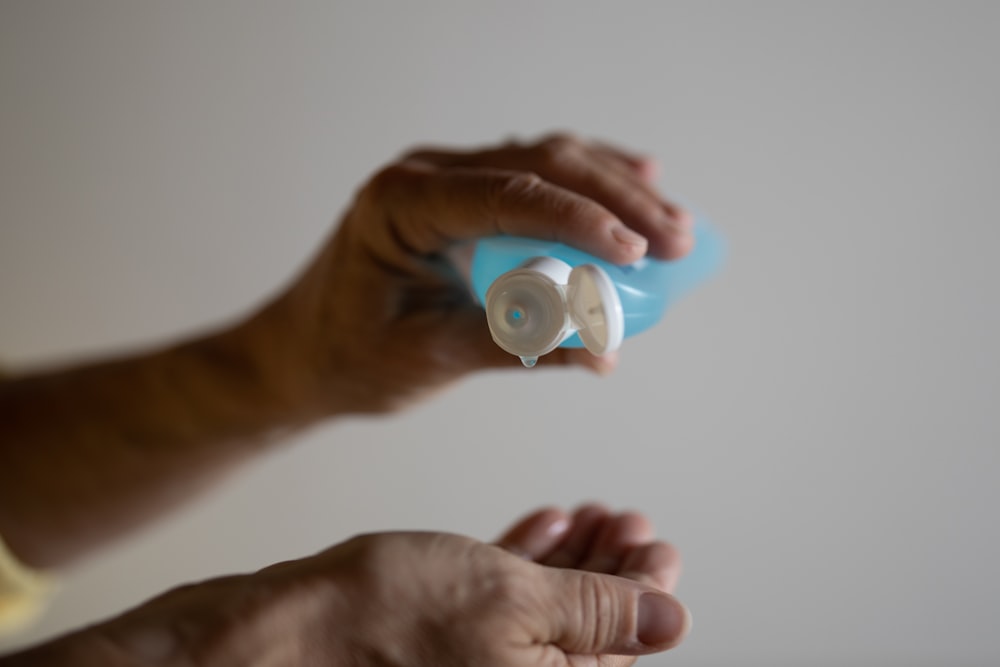Wound healing is a complicated process that involves different steps. Proper wound care is vital to guarantee that the healing process proceeds efficiently and smoothly. One of the most critical aspects of wound care is wound cleansing, which involves removing bacteria, debris, or other contaminants that might interfere with the healing process.
While traditional methods of wound cleansing, like water and soap, have been utilized for many years, wound cleansers have become popular in recent years. This article will explore the benefits of using wound cleansers and how they can support faster wound healing and reduce the risk of wound infection.
Importance of Wound Cleansing
When a wound occurs, dirt, bacteria, and other debris can enter the wound, creating an environment conducive to wound infection. If not removed, those contaminants can extend the healing process and raise the risk of complications.
Wound cleansing aims to eliminate bacterial contamination, dead tissues and debris from the wound. That helps to create a healthy and clean environment that promotes wound healing. Also, wound cleansing can help lessen inflammation that can contribute to pain and slow healing.
Proper wound cleansing also helps prepare your wound bed for applying wound dressing and other treatments. When the wound is free of foreign bodies and debris and clean, dressings can adhere more efficiently and offer a better seal. That helps avoid further microbial contamination and supports healing.
The Benefits of Using Wound Cleansers
There are several benefits of using wound cleansers in the wound-healing process. Some of them include the following:
Reduced risk of wound infection
Wound cleansers prevent infection, bacteria, and contaminants from the chronic wound, which can help reduce the risk of infection. That’s important for people with compromised immune systems or other conditions that boost the susceptibility to infection.
Faster healing times
Wound cleansers can help to support faster wound healing by removing bacteria and build-up from the wound. It reduces inflammation and supports the growth of new human tissues.
Enhanced wound bed preparation
Wound cleansers also help prepare the wound bed for applying wound dressings and other treatments by eliminating debris and creating a clean wound surface. That can help to enhance adherence to dressings and other treatments and support faster wound healing.
Types of Wound Cleansers
You will find different wound cleansers, each with unique properties and benefits. Here are the most common types:
· Saline solution
This is a sterile solution of salt in water. It cleanses minor wounds and other treatments to dilute them and minimise their strength.
· Antiseptic wound cleansers
These are cleansing solutions to kill bacteria and other microorganisms that can impede healing in the wound. Common antiseptic wound cleansers are hydrogen peroxide, iodine, and chlorhexidine.
· Antimicrobial wound cleansers
These often contain a broad spectrum of antimicrobial agents to stop the growth of bacteria in the wound.
· Enzymatic debriding agents
These are designed to break down and eliminate dead tissue from the wound. They have enzymes that dissolve the dead tissue, leaving all the healthy tissue intact. It can help promote wound healing and new tissue growth and speed up the wound-healing process.
· Wound irrigation solutions
A wound irrigation solution is utilised to flush out bacteria and debris from the wound. They’re used for deep wounds or wounds that are tough to clean with other wound-cleansing solutions.
· Hypochlorous acid wound cleansers
These newer types of wound cleansing solutions have been discovered to minimise bacterial load and promote healing efficiently. Remember that hypochlorous acid is a natural antimicrobial agent produced by the body’s immune system.
How to Choose the Right Wound Cleanser for Different Types of Wounds
Choosing the best wound cleansers is essential to guarantee effective wound healing. The wound type and the stage of the healing process will determine the most suitable wound cleansers. Below are guidelines to help you pick the perfect wound cleanser for various types.
· Acute wounds
Standard saline or sterile water may be sufficient to cleanse the wound for minor abrasions and cuts. For more severe and acute traumatic wounds, antiseptic solutions may be used to remove bacteria and debris wound the wound surface.
· Chronic wounds
Chronic wounds like diabetic foot or pressure ulcers need more specialised wound cleansers. Those wounds are visibly contaminated with bacteria and may have dead tissue. A wound cleanser with an enzymatic debriding agent may be utilised to break down and remove dead tissue. Meanwhile, antimicrobial wound cleansers can help lessen the bacterial load in a chronic wound.
· Surgical wounds
These wounds need a gentle cleanser to prevent further damage to the healing tissue. A saline or gentle antiseptic solution may be used to cleanse surgical wounds.
· Traumatic wounds
These wounds are often caused by accidents and may need more aggressive cleaners to eliminate bacteria and debris. You can use an antiseptic or a wound cleanser with an enzymatic debriding agent to cleanse traumatic wounds.
· Burns
The saline solution may be enough for minor burns to cleanse the wound. A wound cleanser with an antimicrobial agent may be used for severe burns to lessen the risk of infection.
Final Thoughts
Using a wound cleanser as part of the wound care process offers many benefits, including reducing the risk of infection, promoting healing, and preventing complications.
With the wide variety of wound cleansers available, choosing the right type for the specific wound and stage of healing is crucial. Consulting with a healthcare professional can help determine each case’s most appropriate wound cleanser.
If you are looking for wound care products and cleansers, Schülke Asia is a reputable place to consider. We offer a wide range of wound care products. They also have a solid commitment to safety and efficacy, and their products are known for their effectiveness, quality and reliability.






